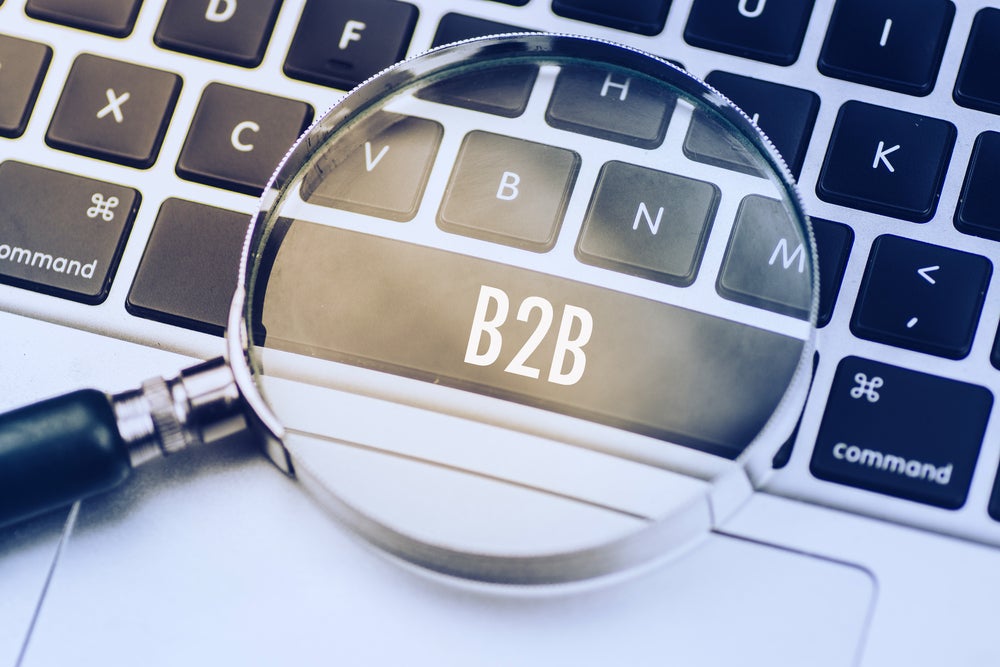Shopping cart abandonment is a common issue and top concern to many B2B sellers. Abandonment rates have been increasing in recent years and there is reason to believe that much of the cause has nothing to do with indecision on the product itself, but with the overall buying experience. Asena Degirmenci writes
In order to figure out how to deal with this, it is important to understand your clients and why they left. Identifying the reasoning behind the high abandonment rates give sellers the opportunity for revenue growth by winning their sellers back.
According to a recent survey released by Multi Service Technology Solutions (MSTS) on B2B buyer trends, nearly 60% of B2B buyers have not completed a purchase for their company because the checkout process was taking too long.
As a result, the lack of quality content leads to reduced sales.
Websites that are old, outdated and with inadequate customer service have resulted in customers turning to competitors. Data from the survey further validated this notion as nearly 40% of B2B buyers admitted to being frustrated over inefficient websites when they are making purchased for their company.
With 70% of buyers depending on the ability to purchase products online, it is essential that the checkout process runs smoothly. In modern B2B CX, it is not enough for sellers to only offer online purchasing – the experience is just as important.
How well do you really know your competitors?
Access the most comprehensive Company Profiles on the market, powered by GlobalData. Save hours of research. Gain competitive edge.

Thank you!
Your download email will arrive shortly
Not ready to buy yet? Download a free sample
We are confident about the unique quality of our Company Profiles. However, we want you to make the most beneficial decision for your business, so we offer a free sample that you can download by submitting the below form
By GlobalDataAlong with a smooth checkout process, good customer service is also highly valued to B2B buyers with 55% of them placing a high priority on 24/7 customer service – effectively highlighting fast and efficient service.
Sellers facing this concern should not ignore the situation, otherwise they will run the risk of losing new and repeat customers.
There are many steps that can be taken to ensure buyers complete their transaction.
We speak to MSTS president Brandon Spear on advice on how companies can create better checkouts to retain customers and prevent cart abandonment.
Electronic Payments International: Was there anything surprising about the report?
Brandon Spear: It was a little surprising how many buyers (60%) will abandon their shopping carts because the checkout process was taking too long. This makes sense when you consider that nearly half of all B2B buyers interviewed indicated it takes at least two to three days for a new vendor to on-board them before they can begin making online purchases.
Losing revenue
EPI: Why are buyers going this way?
BS: There are several factors contributing to B2B buyers purchasing more online.
B2B buyers are also consumers. As the ease of purchasing online as a consumer has increased, those buyers are demanding the same ease and efficiency when they are making purchases at work. In fact, 83% of B2B buyers agree their personal buying experiences impact their expectations for business purchases.
The demands of B2B buyers to make purchases online has given rise to over a $1.2t market opportunity and a B2B eCommerce ecosystem to support sellers and enabling them to overcome the complexities of transacting online.
Finally, both Millennials and Gen X are driving many online purchases, 55% and 58% respectively make online purchases for their company weekly compared to 36% of Baby Boomers. In addition, Millennials and Gen X buyers indicate they are more loyal to companies they make purchases from online.
EPI: How can companies react to the needs of the consumers?
BS: We know there is no single magic bullet to create an end to end customer experience, but we believe a key place to remove friction and accelerate growth is at checkout. We have found that companies focused on creating buyer-driven experiences are rewarded with increased sales and loyalty.
The key components to a buyer driven experience are:
- Shift mind-set from selling to solving for buyers;
- Engineer integrated experiences – from product to brand to buying;
- Reduce friction between interest & intent to buy; and
- Make the buying experience into a brand advantage.
EPI: What are the challenges of meeting these needs?
BS: Bringing together the customer facing and back office systems to provide a buyer driven experience, and creating automated, scalable processes to support the seller’s online team. Integrations are key to creating frictionless commerce and allows companies to select the best of breed technologies to support their processes, while providing a superior purchasing experience.







